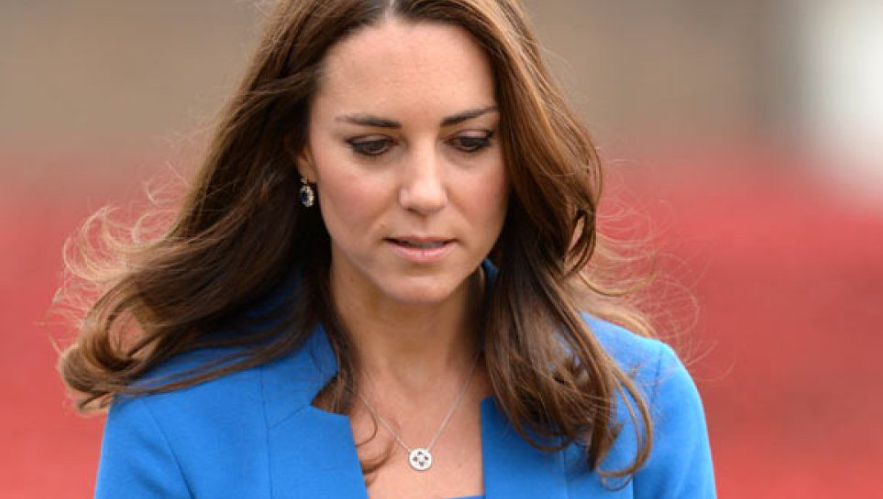One of the major funding sources under the Patient Protection and Affordable Care Act (ACA) of 2010—or “Obamacare”—is the Prevention and Public Health Fund (PPHF), established under Section 4002 of the law. Money from that program is designated “to provide for expanded and sustained national investment in prevention and public health programs to improve health and help restrain the rate of growth in private and public health care costs.”1
According to an analysis published in January 2017 by the non-profit Trust for America’s Health (TFAH), were the PPHF to be eliminated as part of current efforts by the U.S. Congress to repeal the ACA, the Centers for Disease Control and Prevention (CDC) would stand to lose 12 percent of its annual budget,2 The CDC’s budget for fiscal year (FY) 2016 was $7.2 billion.3
Without the PPHF, the CDC would experience an annual funding shortfall of $890 million, resulting in the loss of more than $3 billion in block grants and programs to state governments for activities such as infectious disease control,2 including childhood vaccinations.4
The PPHF, valued at $14.5 billion over 10 years, is the “biggest single fund dedicated to disease prevention in the [U.S.] federal budget.”4 It provides approximately half of the money for the CDC’s Section 317 Immunization Program, which is has been referred to as the “backbone” of the U.S. “immunization infrastructure.” In a recent article in Vox magazine, Julie Belluz writes:
[Section 317] ensures doctors get the vaccination doses they need, helps people who can’t afford vaccines gain access, and mobilizes responses to outbreaks like measles, among other things. It’s poised to get sliced in half….4
The CDC describes its Section 317 program as playing a “critical role in achieving national immunization coverage targets and reductions in disease.” The agency states on its website that vaccines funded through this program can be used to vaccinate:
- Newborns receiving the birth dose of hepatitis B prior to hospital discharge that are covered under bundled delivery or global delivery package (no routine services can be individually billed) that does not include hepatitis B vaccine
- Fully Insured infants of hepatitis B infected women and the household or sexual contacts of hepatitis B infected individuals
- Uninsured or underinsured adults
- Fully insured individuals seeking vaccines during public health response activities including:
– Outbreak response
– Post-exposure prophylaxis
– Disaster relief efforts
– Mass vaccination campaigns or exercises for public health preparedness - Individuals in correctional facilities and jails5
The TFAH analysis points out that the funding gap in the CDC ‘s budget created by the elimination of the PPHF “could not be filled under current laws without drawing funds away from other Department of Labor, Education and Health and Human Services programs.”2
References:
1 U.S. Centers for Disease Control and Prevention. Funding—Prevention and Public Health Fund. CDC.gov.
2 Trust for America’s Health. CDC to Lose More than $5 Billion, States to Lose More than $3 Billion to Fight Health Epidemics over Five Years, if the ACA and Prevention and Public Health Fund are Repealed. HealthyAmericans.org (press release) Jan. 19, 2017.
3 CDC. FY 2017 Congressional Justification—Overview of the Budget Request. CDC.gov.
4 Belluz J. Today in Obamacare: half the funding for a federal vaccine program is tied up in the ACA. Vox Feb. 23, 2017.
5 CDC. For Immunization Managers—Questions Answered on Vaccines Purchased with 317 Funds. CDC.gov.













